
Copernical Team
Technical setback delays launch of final Delta IV Heavy
 Launch of the final Delta IV Heavy has been delayed until further notice. An issue with a liquid pump in the gaseous nitrogen pipeline, crucial for providing pneumatic pressure to the launch vehicle's systems, led to the postponement.
The anomaly prompted a meticulous troubleshooting process by the United Launch Alliance (ULA) team. Work to diagnose and rectify the issue is underway to ens
Launch of the final Delta IV Heavy has been delayed until further notice. An issue with a liquid pump in the gaseous nitrogen pipeline, crucial for providing pneumatic pressure to the launch vehicle's systems, led to the postponement.
The anomaly prompted a meticulous troubleshooting process by the United Launch Alliance (ULA) team. Work to diagnose and rectify the issue is underway to ens Earth from Space: The Amazon plume
 Image:
The Copernicus Sentinel-3 mission takes us over northern Brazil, where the Amazon River meets the Atlantic Ocean.
Image:
The Copernicus Sentinel-3 mission takes us over northern Brazil, where the Amazon River meets the Atlantic Ocean. Final Voyage Delayed: ULA Postpones Last Delta IV Heavy Launch with Classified NRO Payload
 The United Launch Alliance (ULA) has announced a postponement in the final mission of the Delta IV Heavy rocket, now rescheduled for Friday afternoon. This delay comes as the rocket was prepared for its last journey from Cape Canaveral Space Force Base's Space Launch Complex-37. NROL-70 is conducted for the National Reconnaissance Office, carrying a classified payload, speculated to be an Electronic Signals Intelligence Satellite.
The United Launch Alliance (ULA) has announced a postponement in the final mission of the Delta IV Heavy rocket, now rescheduled for Friday afternoon. This delay comes as the rocket was prepared for its last journey from Cape Canaveral Space Force Base's Space Launch Complex-37. NROL-70 is conducted for the National Reconnaissance Office, carrying a classified payload, speculated to be an Electronic Signals Intelligence Satellite. Small satellite launch advances comms experimentation, international collaboration
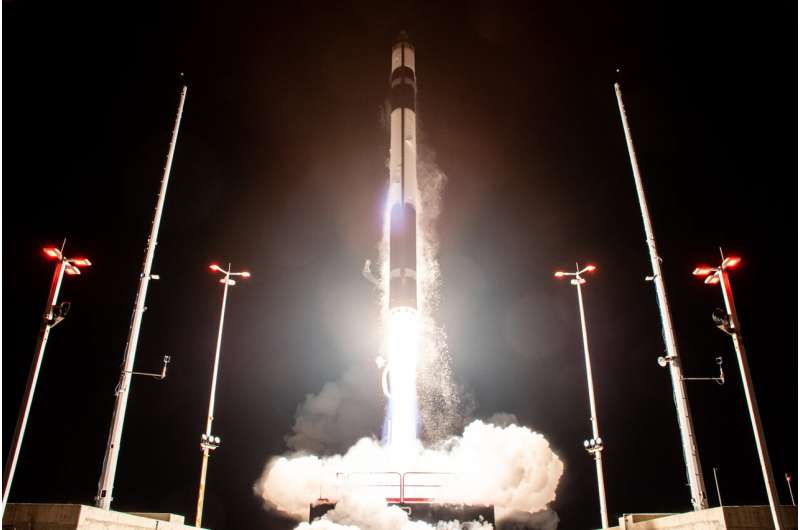
In the dark, early morning sky of March 21 over NASA's Wallops Island Flight Facility on the Virginia coast, a Rocket Lab Electron rocket carried a National Reconnaissance Office (NRO) manifest featuring three collaborative research missions into low-Earth orbit—including the latest piece of home-grown space hardware from the Naval Postgraduate School (NPS).
Led by Associate Research Professors Dr.
NASA's mission to an ice-covered moon will contain a message between water worlds
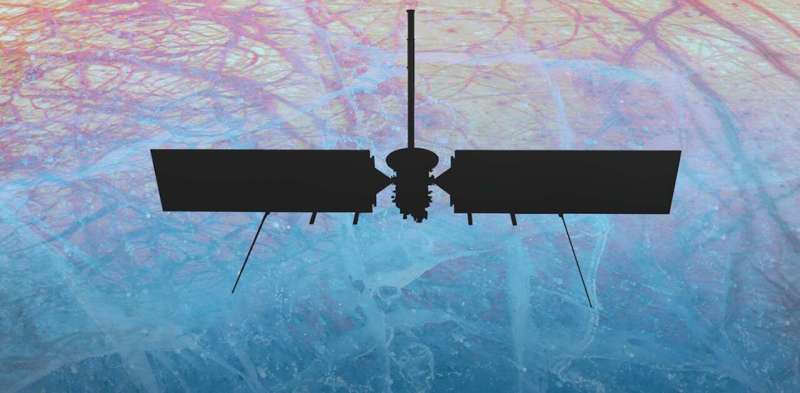
NASA's Europa Clipper spacecraft, headed to Jupiter's ice-covered moon Europa in October 2024, will carry a laser-etched message that celebrates humanity's connection to water. The message pays homage to past NASA missions that carried similar messages.
As the president of Messaging Extraterrestrial Intelligence, or METI, International, I helped design the message on Clipper with two fellow members of our board of directors: linguists Sheri Wells-Jensen and Laura Buszard-Welcher. METI International is a scientific organization dedicated to transmitting powerful radio messages to extraterrestrial life.
We collected audio recordings in 103 languages, and we decided how to convert these into waveforms that show these sounds visually. Colleagues from NASA etched these waveforms into the metal plate that shields the spacecraft's sensitive electronics from Jupiter's harsh radiation.
Mercury could be the perfect destination for a solar sail
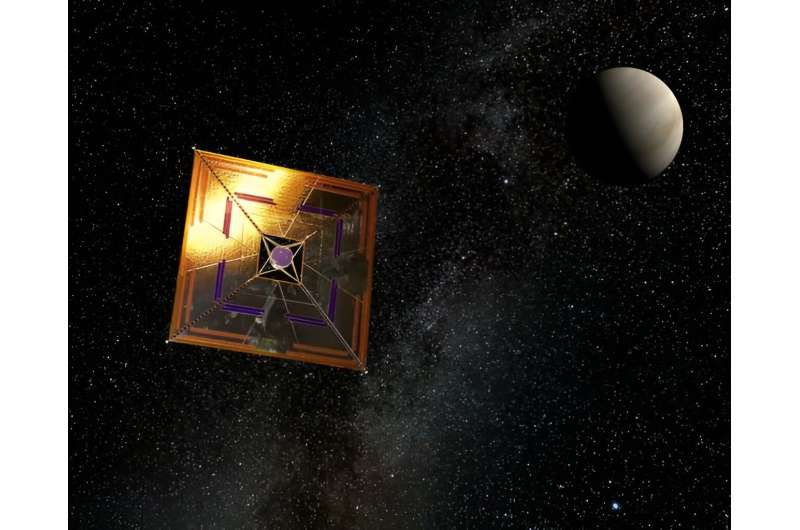
Solar sails rely upon pressure exerted by sunlight on large surfaces. Get the sail closer to the sun and, not surprisingly, efficiency increases. A proposed new mission called Mercury Scout aims to take advantage of this to explore Mercury. The mission will map the Mercurian surface down to a resolution of 1 meter and, using the highly reflective sail surface to illuminate shadowed craters, could hunt for water deposits.
Unlike conventional rocket engines that require fuel which itself adds weight and subsequently requires more fuel, solar sails are far more efficient. Light falling upon the sail can propel a prob across space. It's a fascinating concept that goes back to the 1600s when Johannes Kepler suggested the idea to Galileo Galilei. It wasn't until the beginning of the 21st Century that the Planetary Society created the Cosmos 1 solar sail spacecraft. It launched in June 2005 but a failure meant it never reached orbit. The first successfully launched solar sail was Ikaros, launched by the Japanese Aerospace Exploration Agency it superbly demonstrated the feasibility of the technology.
Time to see the bigger picture
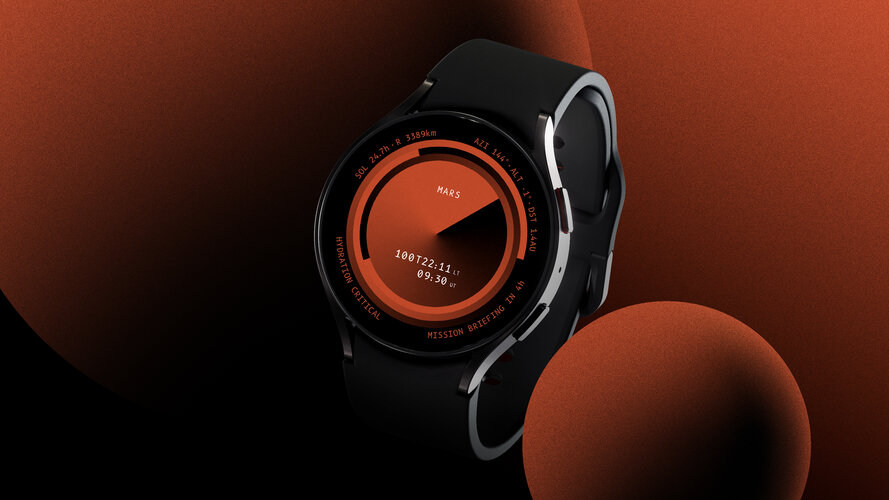
ESA has teamed up with Samsung to launch the first watch face for our Solar System.
Texas county issues disaster declaration for solar eclipse, expects 200K people
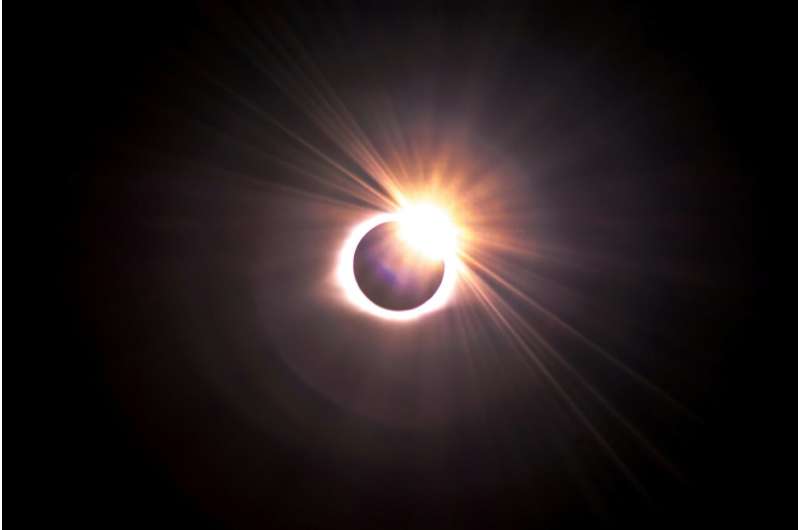
A North Texas county issued a disaster declaration ahead of the April 8 solar eclipse, warning of traffic and potential gridlock as the celestial event ends.
Kaufman County Judge Jakie Allen issued the declaration Wednesday due to "projected and expected number of visitors," according to a news release from the county's Office of Emergency Management. County officials are expecting 200,000 people in attendance—nearly double its population—to view the total eclipse as Kaufman and Terrell are in the path of totality.
"The dramatic increase in population, even for a short time, will greatly impact our public safety agencies, taxing their ability to respond to calls," officials wrote in a release announcing the declaration.
For several months, law enforcement, fire, emergency response agencies and many others had held meetings to prepare for the eclipse, with their greatest concern being traffic and gridlock. The declaration will last four days from April 5 until April 9.
Allen has also sent a letter to Gov. Greg Abbott requesting a state disaster declaration to make additional resources available if needed, officials wrote in the release.
NASA's attempt to bring home part of Mars is unprecedented: The mission's problems are not
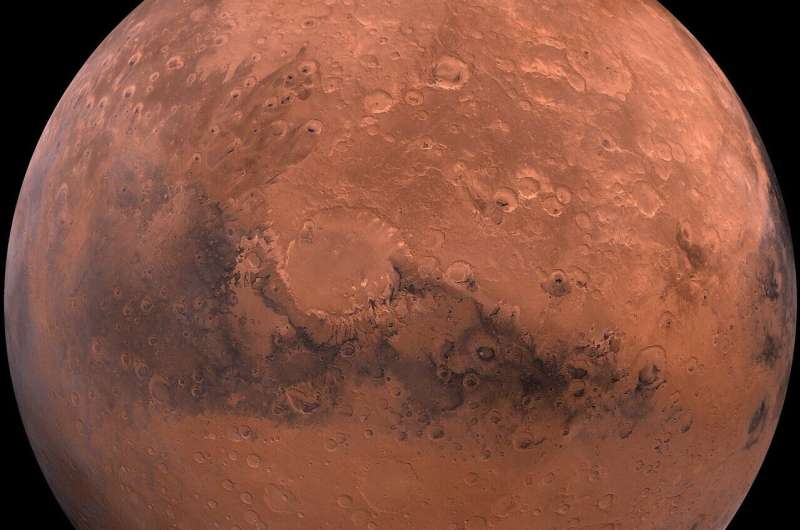
Massive cost overruns. Key deadlines slipping out of reach. Problems of unprecedented complexity, and a generation's worth of scientific progress contingent upon solving them.
That's the current state of Mars Sample Return, the ambitious yet imperiled NASA mission whose rapidly ballooning budget has cost jobs at NASA's Jet Propulsion Laboratory in La Cañada Flintridge and drawn threats of cancellation from lawmakers.
But not all that long ago, those same dire circumstances described the James Webb Space Telescope, the pioneering infrared scope that launched on Christmas Day 2021.
The biggest space telescope ever has so far proved to be a scientific and public relations victory for NASA. The telescope's performance has surpassed all expectations, senior project scientist Jane Rigby said at a meeting recently.
Its first images were so hotly anticipated that the White House scooped NASA's announcement, releasing a dazzling view of thousands of galaxies the day before the space agency shared the first batch of pictures. Thousands of researchers have since applied for observation time.
"The world has been rooting for this telescope to succeed," Rigby told the National Academies' committee on astronomy and astrophysics.
Bedtime routine for space
 Image:
Bedtime routine for space
Image:
Bedtime routine for space 